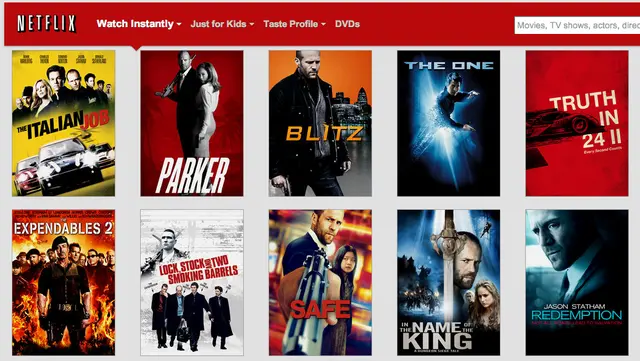As the technology used to create movies evolves, the technology used to send them to movie theaters around the world has had to keep up. In the past, movies were shipped to movie theaters on physical reels, but today, movies are sent digitally to cinemas using a variety of innovative technologies.
The most common way for movies to be sent to movie theaters is via satellite. This technology uses satellite networks to send the movie directly to the theater's screen. This technology has allowed for movies to be sent to theaters quickly and efficiently, allowing for faster turnarounds between the time of the movie's release and when it can be seen in theaters.
In addition to satellite technology, movies can also be sent to theaters via digital download. This method allows for the movie to be sent to the theater in a smaller file size, which reduces the need for physical storage and cuts down on the theater's bandwidth needed to show the movie. This method is often used for smaller, independent theaters that don't have access to satellite technology.
Finally, movies can also be sent to theaters over the internet. This method relies on the theater's internet connection to send the movie from the distributor's server to the theater's screen. This method is often used for large, international movie releases, as it allows the movie to be sent to multiple theaters worldwide without the need for physical shipping.
The technology used to send movies to theaters around the world is constantly evolving and improving. As new technologies are developed, the movie industry will continue to benefit from faster, more efficient methods of sending movies to theaters around the world.
The process of sending movies from the studio to movie theaters across the world is an incredibly complex one. In order to understand the process, it helps to take a look at what happens behind the scenes.
The process begins with a studio sending out prints of the film. These prints are traditionally sent in large, heavy cases that are delivered to the theaters by specialized carriers. The prints are usually sent in batches of several hundred at a time, with the number of prints depending on the size of the theater and the demand for the movie.
Once the prints arrive at the theater, they are loaded into a film projector. The projectionist then sets up the film and runs it through the projector. This process is known as “showing” the film, and it is done in order to ensure that the movie looks and sounds as it should.
In the digital age, many theaters now use digital projectors instead of traditional film projectors. In this case, the movie is sent to the theater digitally, usually via a satellite connection. The digital file is then copied to a hard drive and loaded into the projector.
Regardless of whether the movie is sent via a physical print or digitally, the process of distributing movies to cinemas is a complex one. It requires careful planning and coordination between the studio and the theater in order to ensure that the movie is shown in the best possible way.
Sending movies to movie theaters around the world is a complex process that involves a variety of logistics. From making sure the film prints are shipped to the right theater, to coordinating advertising campaigns and release dates, there are many steps involved in getting a movie to the big screen. Here’s an overview of the logistics involved in sending movies to theaters around the world.
Prints and Distributors
Before a movie can be screened in a theater, prints must be physically shipped to the theater. This is done through a network of film distributors around the world. These distributors are responsible for obtaining prints of the movie, packaging them, and then arranging for their shipment to the theaters. The prints are usually sent by air or sea freight, depending on the distance and urgency of the shipment.
Advertising and Promotion
Once the prints have been shipped, the next step is to promote the movie and ensure that it gets the attention it deserves. This involves coordinating advertising campaigns with theater owners and other partners. This includes creating trailers, posters, and other promotional materials, as well as arranging for interviews and other media coverage. This is all done in order to maximize the film’s exposure and to ensure that the theater owners are well-informed about the movie.
Release Dates
The final step in the process is to coordinate the release dates of the movie. This involves working with theater owners to determine when the movie will be released, as well as coordinating with other theaters around the world to ensure that the movie is released in a timely manner. The release dates are typically set by the film studio, but they can also be determined by the distributors, depending on the situation.
As you can see, sending movies to theaters around the world is a complex process that involves a variety of logistics. From obtaining prints and arranging for their shipment, to coordinating advertising campaigns and release dates, the process is both intricate and time-consuming. However, the end result is always worth the effort, as audiences around the world get to enjoy the movie as soon as it is released!


